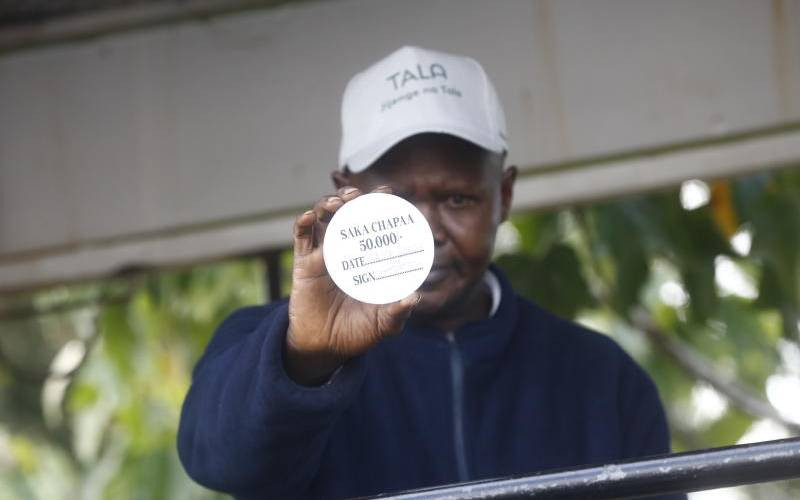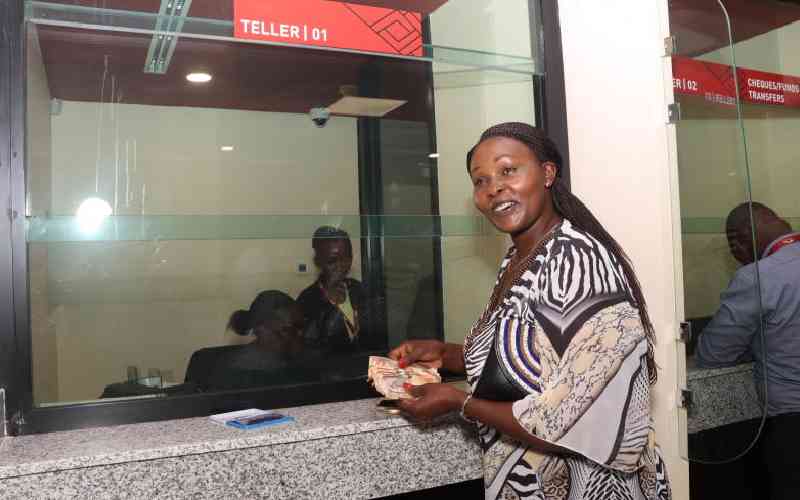By Morris Aron
A credit reference bureau (CRB) is a firm that collects information from various sources and provides consumer credit information on individual consumers for a variety of uses.
The firms are known by various names: In the US the firms are called credit bureaus, in the United Kingdom, a credit reference agency, while in Kenya it is a credit reference bureau.
A CRB provides information on individuals borrowing and bill paying habits.
Such information helps commercial banks, saving and credit co-operative societies (Saccos) and other microfinance institutions to assess borrowers’ ability to pay back a loan.
Having a CRB system in place can affect the interest rate and other terms of a loan.
What CRBs do
Prof Njuguna Ndung’u, the Central Bank of Kenya governor said the agencies transfer the premium risk — what banks charge for not knowing how a customer repays a loan — that has traditionally been borne by customers as a portion of the lending rate.
Interest rates are not uniform for all customers, they can be based on risk-based pricing, a form of price discrimination on different borrowers, as set out in their credit rating.
This is why consumers with poor credit repayment histories or court adjudicated debt obligations like tax defaults, bankruptcies and other such bad history pay a higher interest rate than those who don’t.
In the US, the bureaus collect and collate personal information, financial data, and any data on individuals from a variety of sources known as data furnishers.
In Kenya, it will be up to CRB-Africa, Compuscan, and Metropol East Africa to share customer information with financial institutions.
The information is made available on request to customers of the credit bureau for the purposes of credit assessment, credit scoring or for other purposes such as employment consideration or hiring a house.
Credit rating
Given the large number of consumer borrowers, these credit scores tend to be mechanistic.
Stay informed. Subscribe to our newsletter
To simplify the analytical process for their customers, the bureaus apply a mathematical formula to provide a score the customer can use to assess the individual’s credit ability to repay loans. Such an approach is called credit rating.
The rate that one is given reflects how prompt and committed an individual is in concluding his debt obligations.
The information is then used by banks to award and cost credit with those who are more prompt paying less for credit and vice versa for those who aren’t.
With the licensing of the first CRB and two more to follow, Kenya now joins Uganda, Malawi, Ghana and a number of other African countries, which have the systems.
 The Standard Group Plc is a
multi-media organization with investments in media platforms spanning newspaper
print operations, television, radio broadcasting, digital and online services. The
Standard Group is recognized as a leading multi-media house in Kenya with a key
influence in matters of national and international interest.
The Standard Group Plc is a
multi-media organization with investments in media platforms spanning newspaper
print operations, television, radio broadcasting, digital and online services. The
Standard Group is recognized as a leading multi-media house in Kenya with a key
influence in matters of national and international interest.
 The Standard Group Plc is a
multi-media organization with investments in media platforms spanning newspaper
print operations, television, radio broadcasting, digital and online services. The
Standard Group is recognized as a leading multi-media house in Kenya with a key
influence in matters of national and international interest.
The Standard Group Plc is a
multi-media organization with investments in media platforms spanning newspaper
print operations, television, radio broadcasting, digital and online services. The
Standard Group is recognized as a leading multi-media house in Kenya with a key
influence in matters of national and international interest.







